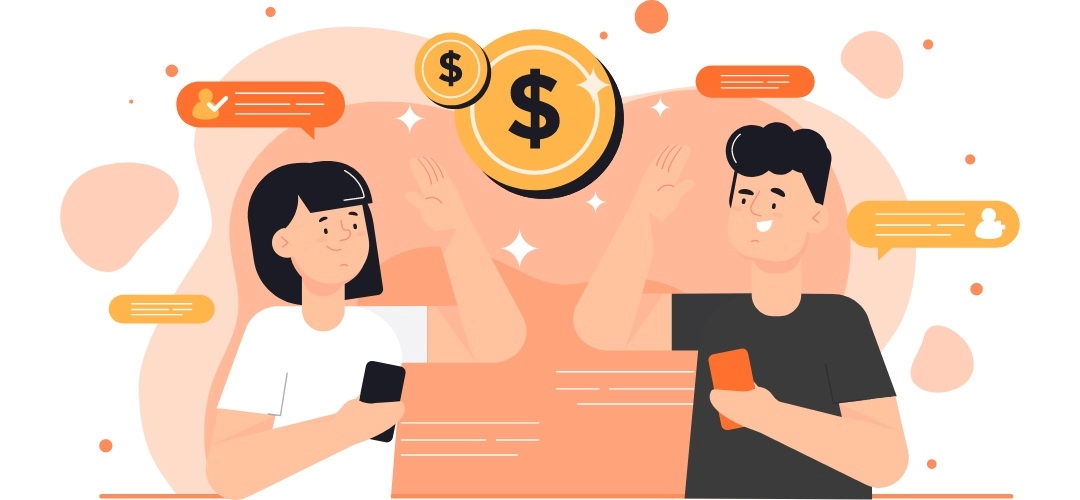As gyms and fitness studios continue to face challenges related to customer acquisition and retention, loyalty fitness programs have become a valuable tool for driving recurring revenue and customer engagement. These programs incentivize customers to stay loyal and engaged with the gym or fitness studio by offering exclusive benefits and rewards for continued patronage.
However, implementing a loyalty fitness program can seem daunting to many gym owners and managers. In this article, we'll explore the key elements of a successful loyalty fitness program and provide tips for getting started.
A loyalty fitness program is a rewards program that gyms and fitness studios offer to their customers in exchange for their loyalty and continued patronage. These programs are designed to incentivize customers to keep coming back to the gym and engaging with its services.
The structure of a loyalty fitness program may vary, but it typically involves a points-based system or a tiered membership structure that offers exclusive benefits and discounts to its members. Points can be earned through various activities, such as attending classes, referring friends, or reaching specific fitness milestones. Points can then be redeemed for rewards such as free classes, discounts on merchandise, or other perks.
Loyalty programs are effective in driving recurring revenue for gyms and fitness studios by promoting customer retention and repeat business. The loyal customer base that a gym or fitness studio develops through their loyalty fitness program is often the most profitable and sustainable customer base that a business can have.
For many gyms, acquiring new customers is the single most expensive and frustrating business activity. Retaining customers is much easier than constantly losing and replacing customers.
Loyal customers are more likely to continue using the services of a gym or fitness studio, and they often become brand advocates, referring new customers to the business. This not only drives new customer acquisition but also promotes recurring revenue.
Furthermore, loyal customers tend to spend more money than new customers because they have developed trust in the brand and are more willing to invest in the products and services offered by the business. This can result in a higher customer lifetime value, meaning that each customer generates more revenue over the course of their relationship with the business.
While customer acquisition is important for any business, growing a loyalty fitness program can often be easier and more cost-effective than constantly acquiring new customers. According to a study by Bain & Company, increasing customer retention rates by just 5% can increase profits by 25-95%.
A loyalty fitness program creates a win-win situation for both the customer and the business. The customer receives exclusive benefits and rewards for continued patronage, while the business enjoys a more profitable and sustainable customer base.
The rewards offered through a loyalty fitness program should be tailored to the needs and interests of the customer base. Some common rewards include free classes, discounts on merchandise, VIP access to events, and priority class scheduling.
Other rewards might include personalized fitness plans, nutrition coaching, and access to exclusive facilities or equipment. By providing rewards that are meaningful and relevant to the customer base, the loyalty fitness program can be more effective in promoting customer engagement and retention.
Implementing a loyalty fitness program can require some upfront investment and planning, but it can be a valuable investment in the long-term success of the business.
Step 1: Establish Loyalty Program Goals and Objectives
The first step in implementing a loyalty fitness program is to establish clear goals and objectives. The program should be designed to meet the needs and interests of the customer base while also driving revenue growth for the business.
The program should also be promoted to existing and potential customers through various channels, such as social media, email marketing, and in-gym signage.
Step 2: Determine Rewards for Loyalty Program Members
After determining the structure of your loyalty program, the next step is to decide on the rewards you will offer members. The goal is to provide incentives that motivate members to continue their loyalty to your fitness business.
Rewards can range from free classes, discounts on personal training sessions, and exclusive access to new programs, to more elaborate rewards such as branded merchandise or free fitness gear. Consider your target audience and what would motivate them the most.
Step 3: Set Up the Program
Once you've established the structure and rewards for your loyalty program, it's time to set it up. This step can be challenging, as it involves creating a seamless process for tracking and rewarding members.
MevoLife’s all-in-one fitness platform includes a loyalty manager as part of the marketing tools, so you don’t have to import customers from another system.
Here are a few steps to make the process easier:
Choose a loyalty program software to help you track members' progress and reward them accordingly.
Train your staff on how the program works and how to properly execute it with members.
Advertise the program to current and potential members, explaining how they can sign up and how they can earn rewards.
Step 4: Monitor and Adjust the Program as Needed
Like any program, a loyalty fitness program will require monitoring to ensure it's effective. You'll want to regularly review the progress of the program to make sure it's driving customer loyalty and increasing revenue. Additionally, you'll want to adjust the program as needed to keep up with changing trends and needs.
Conclusion:
Starting a loyalty fitness program can seem overwhelming at first, but with the right steps and a commitment to its success, it can be an effective tool for driving customer loyalty and increasing revenue.
By determining the structure, rewards, and software for your program, you can make the process easier and ensure the best results. With patience, diligence, and a focus on customer satisfaction, you can get your loyalty fitness program started and enjoy the benefits of a loyal customer base.



